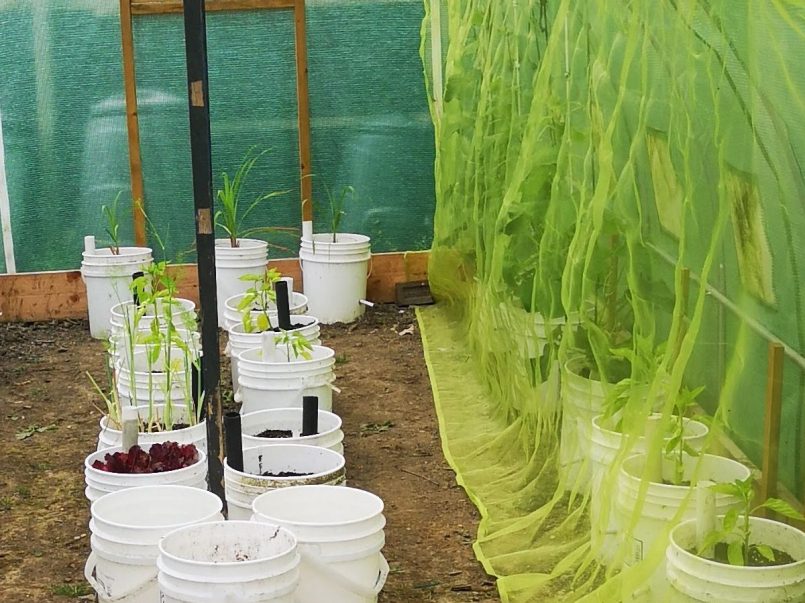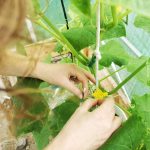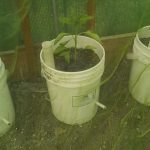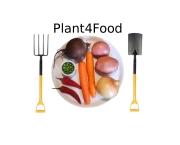Saving seeds from your homegrown vegetables is fun, and worthwhile if you plan to grow them again. It’s cheaper than buying the seeds every year and, if you save seeds from your most successful plants, then their seeds should be more suited to your soil and climate conditions. When dried and stored correctly, saved homegrown seeds can last for years, but it’s not something to be left to chance. You want to save seeds that are healthy, strong and ‘true to type’. This means saving seeds from vegetables whose parent plants are of the same variety. Wind and insects can transport pollen randomly between similar flowers, but their seeds are not worth saving. Read on to discover the basic principles of saving seeds easily and safely.
The do’s and don’ts of saving seeds
- Avoid saving seeds from hybrid or F1 plants. Check the packet or look up the variety on the internet.
- Buy open-pollinating varieties.
- Use new, fresh seeds bought this year so are well in date.
- Do not buy seedless, female-only varieties.
- It’s best to grow just one variety of cucumber, pepper, etc.
- Many vegetables will ‘cross’ with nearby, similar varieties so it’s best to cover plants with an insect mesh.
What are open-pollinating plants and how can you save their seeds?
You can save seeds from any open-pollinated variety, but these fall into two categories: cross-pollinating plants and self-pollinating plants.
Cross-pollination means that the plant needs both male and female flowers in order to reproduce. So, in terms of a cucumber plant, the pollen from a male flower must enter a female flower. This can be done by wind, insects or by hand. Cross-pollinating plants typically have large flowers. Examples are cucumbers, melons, courgettes and marrows. You can safely save seeds from these plants using hand pollination.
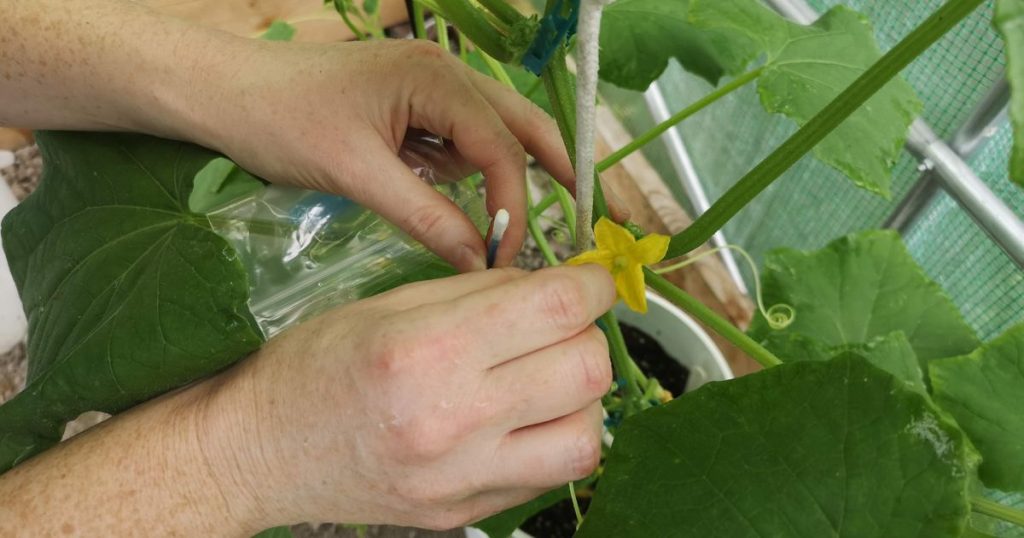
Self-pollination means that the plant does not need insects or any external assistance to reproduce. The anther opens where pollen is produced and is positioned so that it can land on the stigma of the same or nearby flower of the same plant. Self-pollinating plants usually have small flowers. Examples are peppers, tomatoes, aubergines, beans, onions, lettuce, etc. You can save seeds from self-pollinating plants by collecting the seeds or fruit from isolated plants.
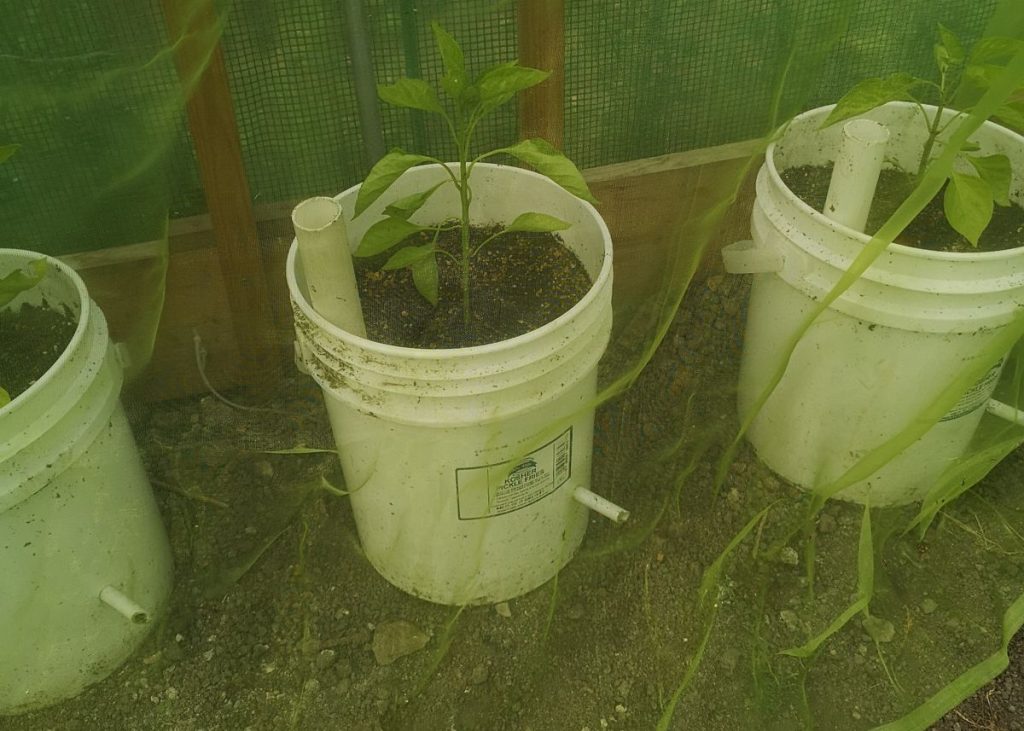
Related vegetables that will cross-pollinate with each other:
| Sweet Peppers | Chilli Peppers |
| Cucumbers | Gherkins |
| Courgettes | Pumpkins, Marrows, Squash |
| Beetroot* | Swiss Chard* |
| Carrots* | Wild Carrots, aka Queen Anne’s Lace* |
| Pak Choi* | Turnips* |
| Cabbages* | Sprouting Broccoli, Cauliflowers, Kale, Brussels Sprouts* |
If you save seeds from any of these vegetables then you need to protect them from other varieties of the same vegetable, as well as other related vegetables within the same group. If you don’t, then you risk the seeds you collect not being ‘true to type’.
Storing saved seeds
After all your efforts in obtaining the seeds, it’s essential that you know how to store them correctly. Thoroughly dried seeds in paper packets stored in a cool, dark, airy place should last for years.
